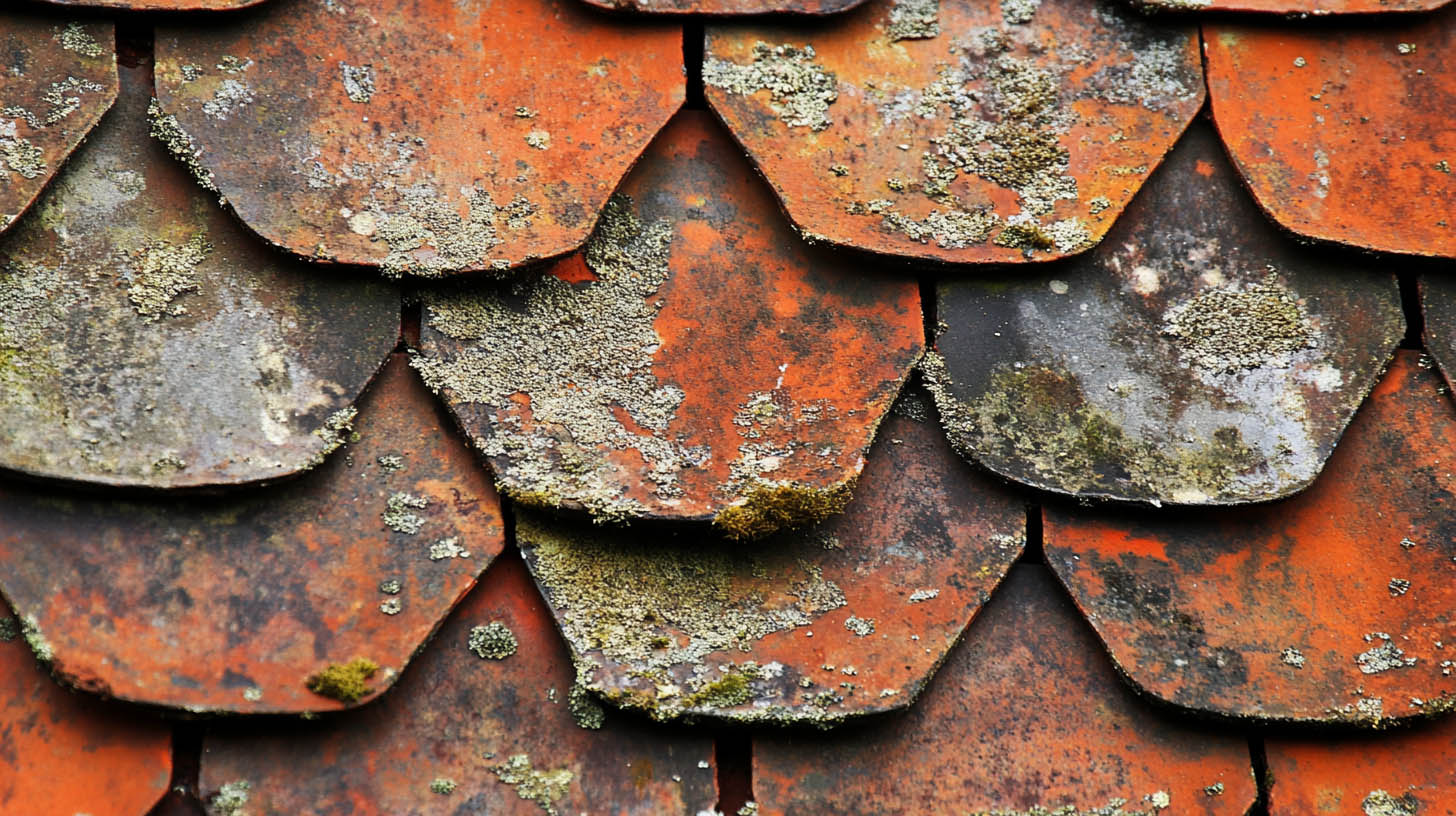
Rainstoppers Roofing in Charleston, WV, understands the critical role of roof flashing in preventing water damage. Damaged flashing often leads to leaks, mold, and structural issues if left unchecked. Here’s a comprehensive guide on identifying, fixing, and preventing common roof flashing problems.
What is Roof Flashing?
Roof flashing is thin metal (aluminum, steel, or copper) installed around joints and vulnerable areas of a roof, such as chimneys, skylights, valleys, and vents. Its primary function is to direct water away from these areas to prevent leaks.
Common Roof Flashing Problems and Fixes
1. Corrosion and Rusting
Corrosion is a prevalent issue, especially in areas with moisture-rich or salty air. Over time, rust weakens flashing and allows water to seep through.
- Solution: Replace corroded flashing with new materials like galvanized steel or aluminum, which resist rust. Ensure proper drainage to minimize moisture buildup.
Key Tip: Regular maintenance can extend the life of metal flashing by up to 20 years.
2. Loose or Dislodged Flashing
Improper installation, strong winds, or house settling can loosen flashing, creating gaps for water intrusion.
- Signs: Visible gaps, rattling sounds, or leaks near chimneys and roof edges.
- Solution: Re-secure loose flashing with roofing nails or screws and apply waterproof sealant for reinforcement. In severe cases, replacement may be necessary.
3. Improper Installation
Poorly installed flashing often leads to leaks and premature wear. Common errors include incorrect overlaps, insufficient sealing, and improper fastener use.
- Solution: Hire professional roofing contractors to inspect and reinstall the flashing using industry-standard techniques.
4. Weather Damage
Extreme weather—high winds, hail, heavy snow, or ice—can warp, tear, or puncture flashing. After storms, inspect areas like valleys, chimneys, and skylights for damage.
- Solution: Replace bent or torn sections promptly. For minor punctures, patching with roofing cement can provide a temporary fix.
How to Fix Roof Flashing: Step-by-Step Guide
Step 1: Inspect the Problem Areas
Identify damaged flashing by checking for rust, cracks, or gaps, especially around chimneys, valleys, or roof edges.
Step 2: Remove Old Flashing
Carefully remove the damaged flashing using a pry bar without disturbing surrounding shingles.
Step 3: Install New Flashing
- Measure and cut new flashing to size.
- Secure it in place using roofing nails or screws.
- Ensure overlaps are tight to prevent water penetration.
Step 4: Seal Joints and Gaps
Apply a high-quality waterproof sealant to reinforce joints and edges for a watertight finish.
Step 5: Inspect for Leaks
Once repairs are complete, test the area for leaks using a garden hose to ensure proper sealing.
Preventive Measures for Roof Flashing Longevity
- Annual Inspections: Hire professionals to identify early signs of flashing wear or damage.
- Keep Gutters Clean: Clogged gutters increase moisture exposure, accelerating flashing deterioration.
- Trim Overhanging Branches: Prevent branches from puncturing flashing during storms.
- Invest in Quality Materials: Opt for rust-resistant materials like copper or galvanized steel for long-term durability.
DIY Repairs vs. Professional Fixes
While minor repairs, such as sealing small cracks, can be a DIY project, most flashing issues require professional attention. Professionals ensure:
- Accurate diagnosis of the problem.
- Use of proper techniques and materials.
- Lasting repairs that prevent further leaks.
Hiring experts like Rainstoppers Roofing guarantees a reliable fix and peace of mind.
FAQs
1. What causes roof flashing to fail?
Corrosion, poor installation, weather damage, and house settling are the main culprits behind flashing failure.
2. How do I know if my roof flashing is damaged?
Signs include visible rust, cracks, loose metal, or water stains near roof joints and chimneys.
3. Can I repair roof flashing myself?
Minor issues like small leaks or sealant reapplication can be DIY, but professional repairs are recommended for structural damage.
4. How often should roof flashing be inspected?
Conduct inspections at least once a year and after major storms to catch damage early.
5. What is the best material for roof flashing?
Copper and galvanized steel are the most durable and rust-resistant options for flashing.
Conclusion
Properly installed and maintained roof flashing is essential to protect your home from water damage. Whether dealing with corrosion, loose sections, or weather-related issues, timely inspections and repairs prevent costly structural damage.
Contact Rainstoppers Roofing today for expert flashing repairs and roof inspections.If you want to read a blog about metal roof installation and a guide for homeowners, click here.
